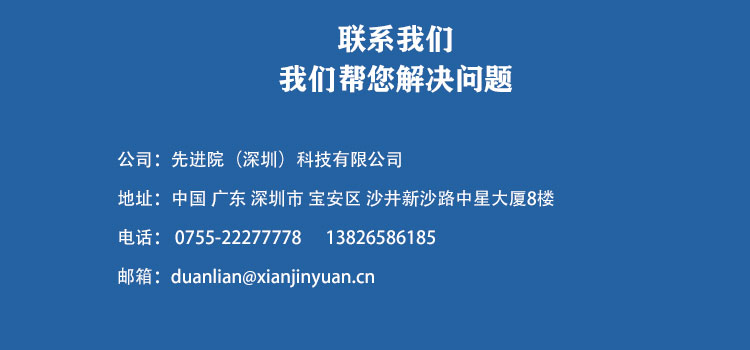With the continuous progress and development of electronic products, their power density is also constantly increasing. Therefore, thermal conductivity devices widely used in electronic products have also been extensively researched and applied. Double sided adhesive thermal pad is a new type of thermal conductive device, which has the characteristics of good thermal conductivity, strong adhesion, and stable size. This article will explore the application of double-sided adhesive thermal pads in electronic products by analyzing their preparation methods, thermal conductivity, and application research.
Preparation method
There are two main methods for preparing double-sided adhesive thermal pads: polymer impregnation method and film coating method.
Polymer impregnation method
The preparation process of polymer impregnation method is as follows: first, polymer materials (such as silicone rubber, fluororubber, etc.) are dissolved in a certain solvent, and then thermal conductive fillers (such as alumina, silica, etc.) are added to the solution. Finally, soak the substrate (such as flat coated substrate, nylon substrate, etc.) in the solution, wait for the substrate to absorb enough solution, and then perform drying treatment.
Film coating method
The preparation process of thin film coating method is as follows: first, mix the polymer material and thermal conductive filler evenly, and dissolve them in organic solvents to make glue. Then, the adhesive is applied onto the substrate through screen printing technology, and after the coating is dried, a backing layer is applied to make a double-sided backing adhesive thermal pad.

Thermal conductivity
The thermal conductivity of double-sided adhesive thermal pads is influenced by multiple factors, including the type and content of thermal conductive fillers, the type of substrate, and the thickness of the double-sided adhesive layer.
Types of thermal conductive fillers
The commonly used thermal conductive fillers are aluminum oxide, silicon oxide, etc. Among them, aluminum oxide has better thermal conductivity, while silicon oxide has relatively poorer thermal conductivity. Therefore, suitable thermal conductive fillers should be selected according to specific application requirements during preparation.
Content of thermal conductive filler
Increasing the content of thermal conductive filler to a certain extent can improve the thermal conductivity of double-sided adhesive thermal pads. However, excessive content of thermal conductive filler can affect its flexibility and the formation of thermal conductive gaskets. Therefore, it is necessary to balance the filler content with other performance requirements in preparation to achieve optimal results.
Type of substrate
Different substrates also affect the thermal conductivity of double-sided adhesive thermal pads. For example, nylon film substrates have good flexibility and mechanical strength, while polyimide substrates have good high temperature resistance.
Double sided adhesive layer thickness
The thicker the double-sided adhesive layer, the better its thermal conductivity. However, in practical applications, it is also necessary to balance the requirements of thermal conductivity and mechanical strength to achieve the best performance matching.
application research
Double sided adhesive thermal pads have broad application prospects, mainly used in heat dissipation devices, LED lights and other fields in electronic products.
In heat sink components, combining double-sided adhesive thermal pads with heat sinks can improve the heat dissipation efficiency of the heat sink components. At the same time, the flexibility of the double-sided adhesive thermal pad can adapt to various shapes of heat sinks, enhancing the tight bond between the heat sink and the heat dissipation device.
In LED lights, double-sided adhesive thermal pads have the advantages of strong adhesion and good thermal conductivity, which can effectively solve the heat dissipation problem of LED lights and improve their service life.
conclusion
In summary, the preparation method, thermal conductivity, and application research of double-sided adhesive thermal pads are currently hot research topics. In the future, we need to further improve its performance and applications to meet the needs of more new electronic products and promote the development and application of thermal conductivity technology.





